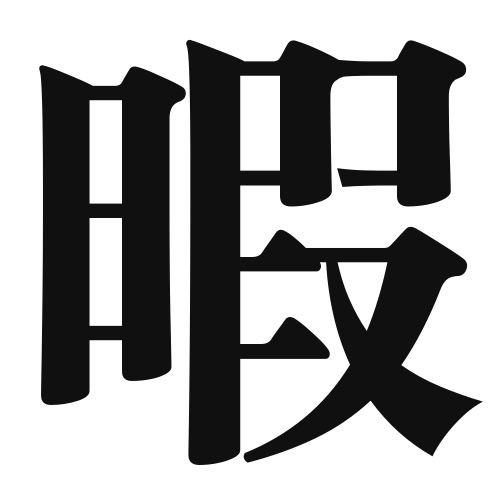1. Overview of Meaning
The kanji “暇” (pronounced “hima”) means “free time” or “leisure.” It refers to a state of having time available for relaxation or activities that are not work-related.
2. Formation and Radicals
The kanji “暇” is composed of two parts: the radical “女” (woman) and the character “暇” itself, which can be interpreted as a combination of elements that convey the idea of a woman having time to spare. This kanji is classified as a compound character (会意文字), as it combines different meanings to create a new concept.
The radical “女” often relates to femininity or women, which historically connects to the idea of women having time for leisure activities.
3. Examples of Usage
Common words and phrases that include “暇” are:
- 暇な時間 (hima na jikan) – free time
- 暇つぶし (hima tsubushi) – killing time
Example sentences in daily conversation:
- 今日は暇だから、映画を見に行こう! (Kyou wa hima dakara, eiga o mi ni ikou!) – I’m free today, so let’s go watch a movie!
- 暇な時に本を読むのが好きです。 (Hima na toki ni hon o yomu no ga suki desu.) – I like to read books when I have free time.
4. Synonyms and Antonyms
Similar kanji with related meanings include:
- 余暇 (yoka) – leisure time, which emphasizes time spent away from work.
- 休暇 (kyuuka) – vacation or holiday, which refers to a specific period of time off from work.
Antonyms include:
- 忙しい (isogashii) – busy, which indicates a lack of free time.
5. Cultural and Historical Background
The concept of “暇” is deeply rooted in Japanese culture, where the balance between work and leisure is often emphasized. In traditional Japanese society, having leisure time was associated with a person’s social status and well-being.
Proverbs and idiomatic expressions related to “暇” include:
- 暇があれば、何でもできる (Hima ga areba, nandemo dekiru) – If you have free time, you can do anything.
This reflects the cultural value placed on utilizing free time for personal growth and enjoyment.
